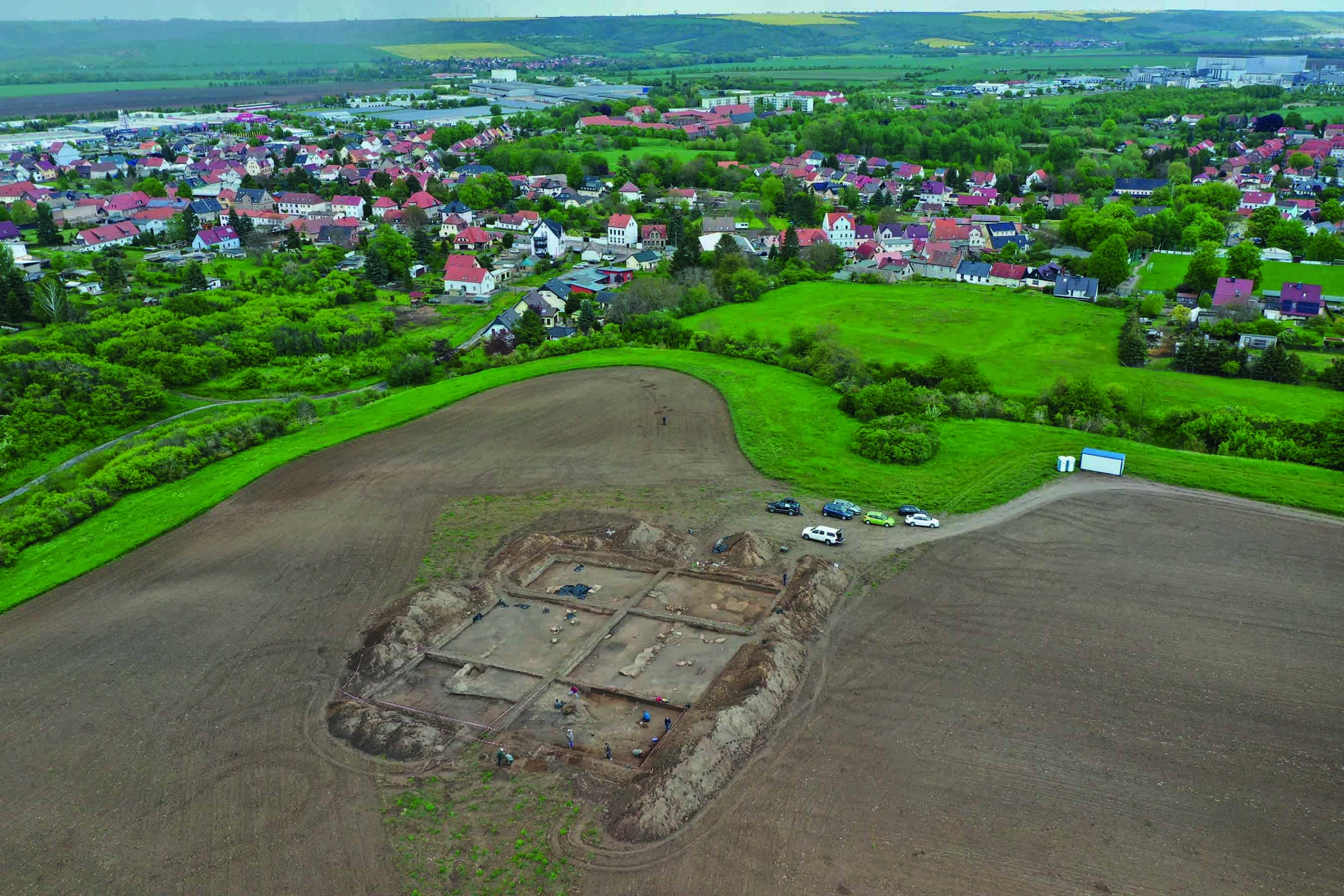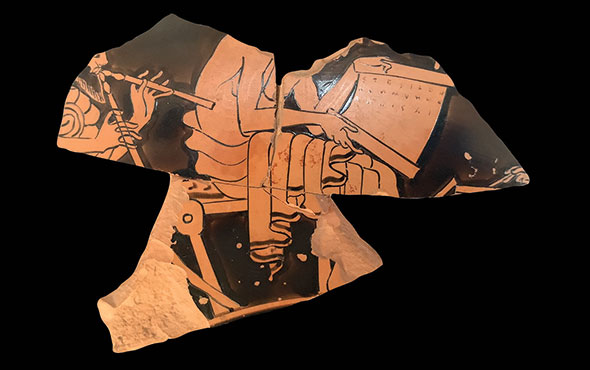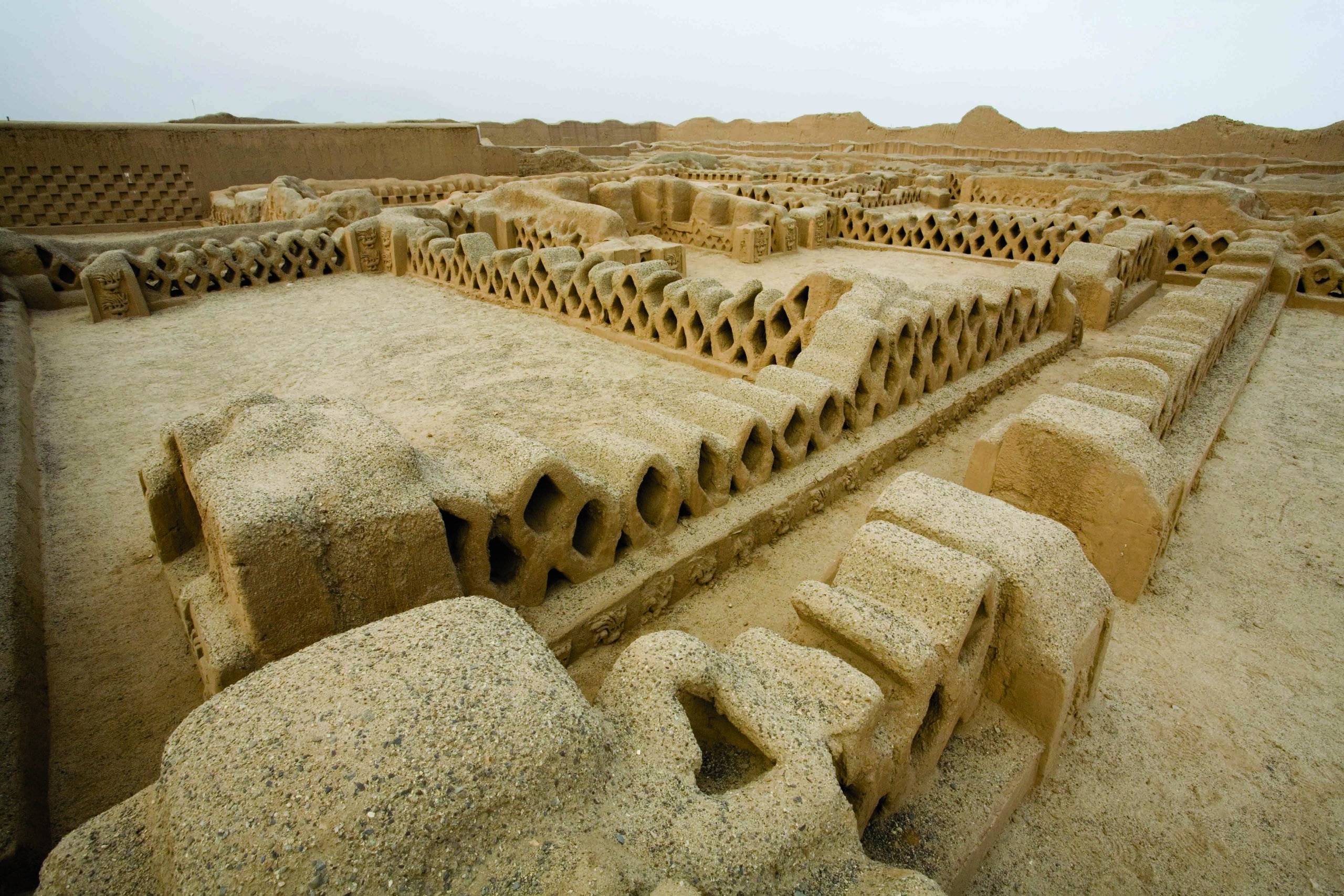WERNIGERODE, GERMANY—Four 500-year-old gold coins have been discovered at the site of a monastery that was built in central Germany in 1253 and inhabited into the sixteenth century, according to a Live Science report. One of the guilders was minted in Frankfurt before 1493, during the reign of the Holy Roman Emperor Frederick III; the second was minted in Schwabach between 1486 and 1495; and the remaining two were minted in Bonn by the Archdiocese of Cologne around 1480. Archaeologist Felix Biermann of the Saxony-Anhalt State Office for Monument Preservation and Archaeology said that the gold coins may have been hidden by a monk in 1525, when farmers stormed the structure. The excavation also uncovered brass book clasps from the monastery’s library; pottery; animal bones; a cavalry spur; and lead seals that had been used to mark cloth for large-scale trade. To read about Celtic gold coins unearthed in northeastern Germany, go to "Golden Lucky Charms."
Gold Coins Unearthed at Medieval Monastery Site in Germany
News July 18, 2023
Recommended Articles
Digs & Discoveries September/October 2025
Good Night, Sweet Prince

Letter from Germany September/October 2022
Berlin's Medieval Origins
In the midst of modern construction, archaeologists search for evidence of the city’s earliest days

Digs & Discoveries November/December 2021
Otto's Church


-
Features May/June 2023
The Man in the Middle
How an ingenious royal official transformed Persian conquerors into proper Egyptian pharaohs
 (© The Trustees of the British Museum)
(© The Trustees of the British Museum) -
Letter from the American Southeast May/June 2023
Spartans of the Lower Mississippi
Unearthing evidence of defiance and resilience in the homeland of the Chickasaw
 (Kimberly Wescott and Brad Lieb, Chickasaw Native Explorers Program 2015)
(Kimberly Wescott and Brad Lieb, Chickasaw Native Explorers Program 2015) -
Artifacts May/June 2023
Greek Kylix Fragments
 (Ashmolean Museum, University of Oxford)
(Ashmolean Museum, University of Oxford) -
Digs & Discoveries May/June 2023
The Beauty of Bugs
 (Michael Terlep)
(Michael Terlep)


